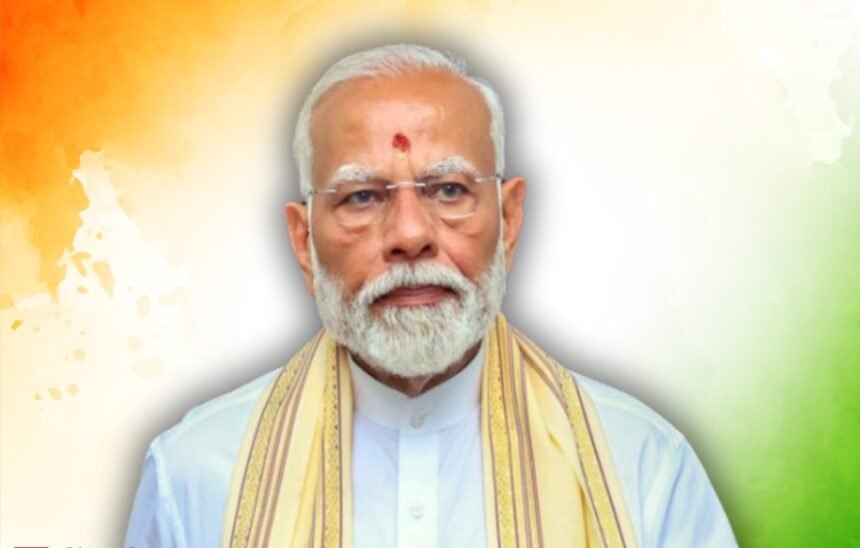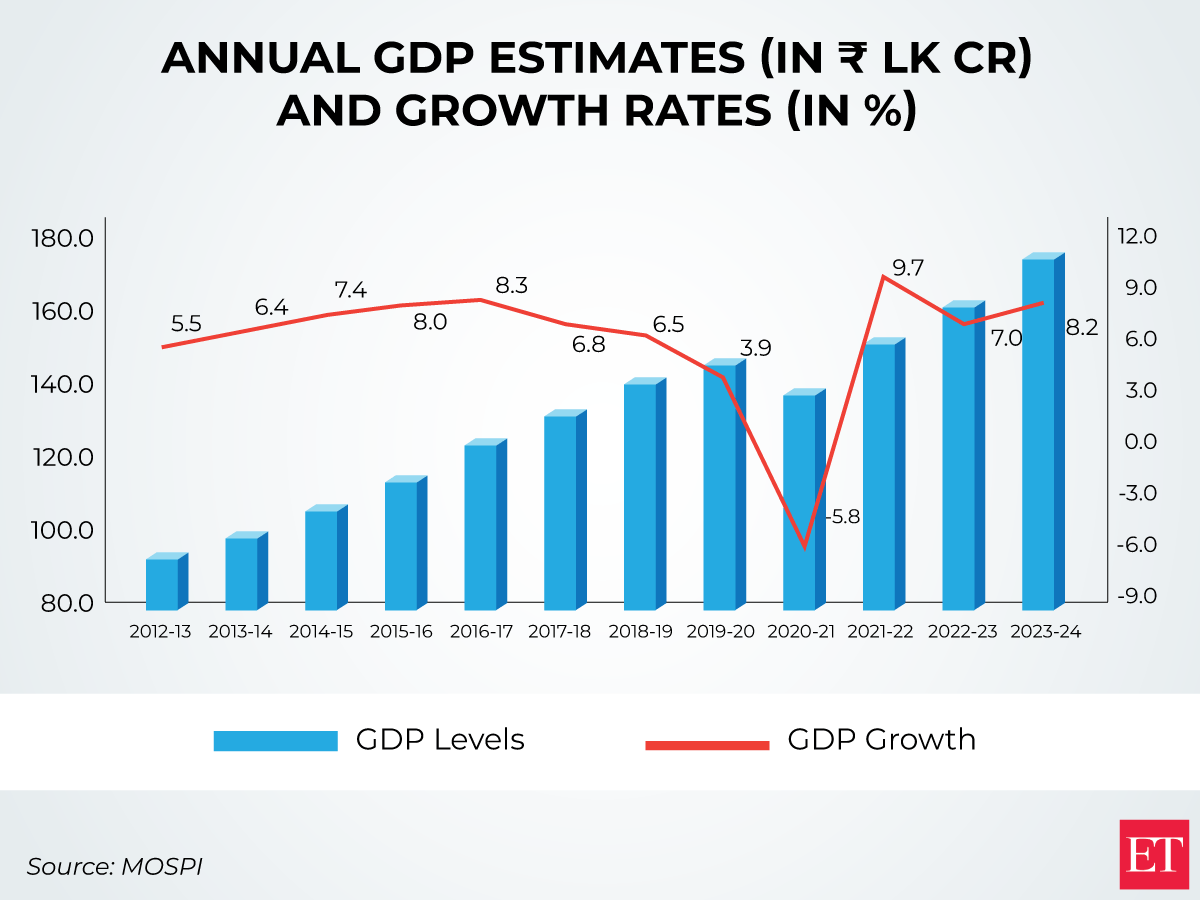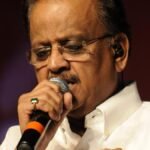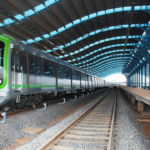The exit poll numbers are in, the bulls will have shaken off jitters and will be aching to go for Monday morning: Bharatiya Janata Party’s (BJP) Narendra Modi is likely set to return as the Prime Minister of India for the third consecutive time, with some predicting that the campaign of ‘400 paar’ may almost translate into a reality.
A landslide victory for the National Democratic Alliance (NDA) would put at ease some worries that had broken out mid-elections, that the ruling party could find it difficult to replicate its 2019 performance. The BJP remained more convinced of their prospects than ever despite these rumours. Saturday’s exit poll numbers put credence to their confidence.
Exit polls, even if just indicative, show that the NDA will win a lot more than the required 272 seats to hold a majority in the 543-seat-strong Lok Sabha. Almost all say the NDA alliance is set to better its 2019 tally of 353 seats.
Good news for the economy?
From being part of the Fragile Five to the Top Five, the Indian economy has emerged as among the top-performing economies among its peers. The government has indeed taken a slew of measures to spur the entrepreneurial spirit in the country. Rating agencies have responded in kind to the economic reforms undertaken by the Modi government.
Most recently, S&P Global Ratings upgraded the outlook on the Indian economy from ‘stable’ to ‘positive’, even as it left the rating unchanged at ‘BBB-’, the lowest grade it has to offer. To be sure, Moody’s and Fitch Ratings still have the lowest rating & outlook on India. With this outlook revision, a rating upgrade is likely in the next two years (if all metrics are satisfied) and might just prod the other two to act as well.
“Within the next two years, we are closely observing whether the depiction of the government’s fiscal consolidation path will carry on,” Yeefarn Phua, director – sovereign and international public finance ratings, at S&P, said recently.
ALSO READ: India’s fiscal numbers, growth to be monitored for upgrade in next 24 months, says S&P
It was a happy weekend for the incumbent government. Data released on Friday showed that the Indian economy grew at a better-than-expected rate of 7.8 per cent in Q4FY24. It is projected to grow at 8.2 per cent in FY24, up from 7 per cent in FY23.
More importantly, its fiscal deficit for the full financial year that ended on March 31 was 5.6 per cent of GDP, lower than the revised budgeted figure of 5.8 per cent. Given the Rs 2.11 lakh crore dividend boost by the Reserve Bank of India, the Centre may now lower its FY25 fiscal deficit target to below 5.1 per cent.
India is targeting a fiscal deficit of 4.5 per cent of GDP by FY26.
Why exit polls may be seen as good news
S&P attributed the change in outlook to a mix of robust economic fundamentals, continuing economic reforms, the expectation of strong growth momentum, the enhanced focus on public capex, stronger corporate and financial sector balance sheets and importantly, focus on fiscal consolidation.
Markets are now sensing the possibility of policy continuation and stability if Modi is voted back to power, when the results are announced on June 4. When the political parties announced their manifestos, economists were quick to point out that, unlike the Opposition parties, BJP’s manifesto had measures that wouldn’t weigh on the ex-chequer.
Institutional investors felt that if BJP were to lose the majority, there could be some erosion in growth and fiscal consolidation prospects.
“And under the scenario of the opposition INDIA winning, the majority of participants saw medium-term growth fall below 6.5 per cent, serious risk of fiscal slip and even possibility of continued policy rate hikes by the RBI. Congress‘ manifesto is markedly populist and reflationary,” noted Nomura.
Indian economy: Work to be done
To be sure, it may be unfair to say that all is good in the economy. Ahead of the elections, surveys showed that factors like unemployment remained among the biggest talking points among voters. The Opposition has raised the issue of the increasing inequality in the society.
The Modi government has envisioned a developed Indian economy by 2047 when the nation completes a hundred years of Independence. Former RBI Governor Raghuram Rajan noted that for India to truly become a developed country, it would have to focus on education and healthcare.
There are many chinks in the Indian economy’s armour, but the voters seem confident that the man in charge has the tools to even them out.












